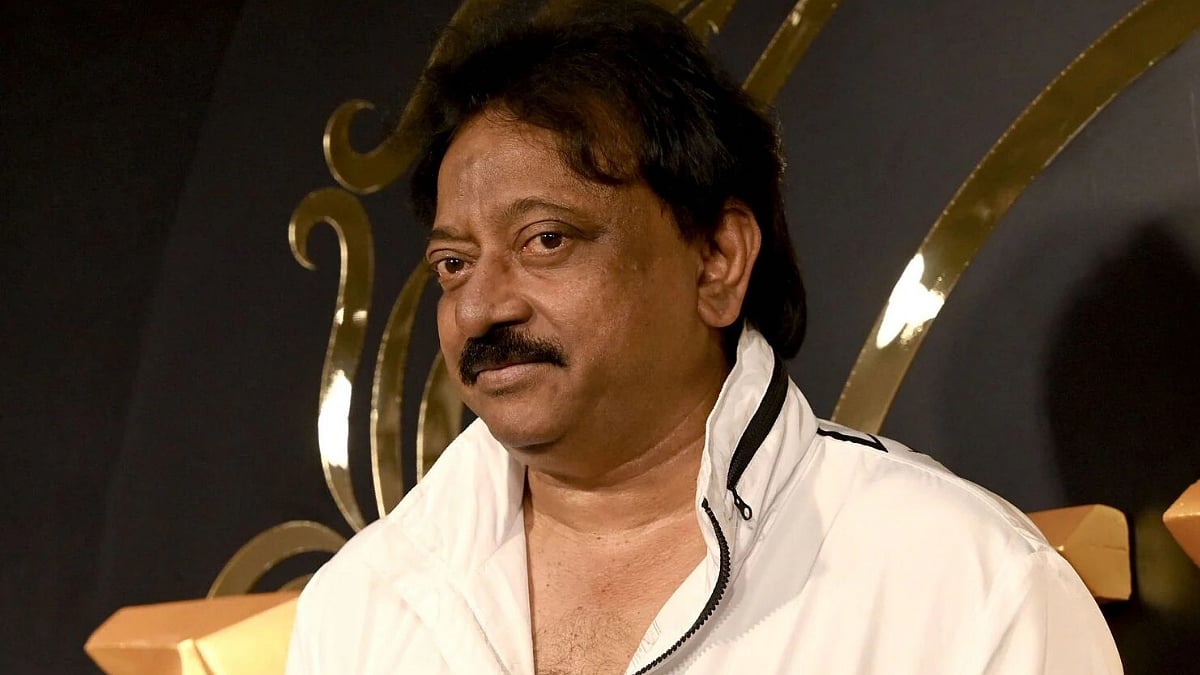For an entire generation, Talat Mahmood was the Velvet Voice of Hindi film music. He shone during the 1950s and first half of the following decade, and his sad and romantic tunes are still popular. To mark his birth centenary on February 24, ghazal singer Sudeep Banerji rendered his popular songs at the Studio theatre of Nita Mukesh Ambani Cultural Centre (NMACC) on February 15.
The show, which featured singer Kavita Paudwal on the duets, was compered by Harsh Chhaya. It was more or less like a Greatest Hits show, though some classics couldn’t be fit in for time constraints. Yet, the audience was treated to solo gems like Phir Wohi Shaam (from Jahan Ara), Tasveer Banata Hoon (Bara Dari), Shaam-e-Gham Ki Kasam (Footpath), Aye Dil Mujhe Aisi Jagah Le Chal (Arzoo) and the fan favourite Jalte Hai Jiske Liye (Sujata), which had a new verse by poet Ajay Sahaab, in addition to Majrooh Sultanpuri’s original words.

Banerji’s voice structure suited Mahmood’s style, and he had all the nuances in the sad and romantic songs. The uptempo material was left for the end, with the duets Itna Na Mujhse (Chhaya) and Aaha Rimjhim Ke Yeh Pyaare Pyaare (Usne Kaha Tha). The audience naturally brimmed with nostalgia.

The new book called Talat Mahmood: The Definitive Biography was also showcased. The author, Sahar Zaman, is the legend’s grand-niece, and besides being a journalist, she has been chief curator of the Jashn-e-Talat concert series since its launch in 2018.
Before this, author Manek Premchand has written about the singer in his 2015 book Talat Mahmood: The Velvet Voice. Zaman’s new biography is timely as it has been launched just before his birth centenary. It contains many anecdotes narrated by family members and friends beside film and music personalities.
Though the mass audience knows Mahmood for film songs, he had a number of ghazal recordings too. Moving from Lucknow to Calcutta in the 1940s, he sang Bengali songs under the name Tapan Kumar. The book talks about his early non-film recordings like Sab Din Ek Samaan Nahin Tha and the hit Tasveer Teri Dil Mera Behla Na Sakegi. Both were composed by Kamal Dasgupta and written by Faiyyaz Hashmi (who later shifted to Pakistan and wrote Farida Khanum’s iconic Aaj Jaane Ki Zid Na Karo).
Zaman describes how his father opposed and his aunt supported his singing career, and how he met and married Lotika Mullick, who later became Nasreen Mahmood. His association with music director Anil Biswas, who gave him his first big film hit Aye Dil Mujhe Aisi Jagah Le Chal in Arzoo (1951), and actor Dilip Kumar, for whom he sang in Arzoo, Babul, Tarana, Daag, Footpath and Devdas, are covered in detail. He was a huge influence on ghazal singers Mehdi Hassan, Jagjit Singh and Pankaj Udhas.
One anecdote is about how he saw Suman Kalyanpur at a college function and agreed to do a duet with her. The song Ek Dil Do Hai Talabgar from Darwaza (1954) made listeners take notice, with many sensing a similarity to Lata Mangeshkar’s style. Talking of Mangeshkar, there’s this story about the hit Seene Mein Sulagte Hai Armaan from Tarana (1951). It was meant to be a solo song, but Mangeshkar heard it and insisted she wanted to sing it as a duet.
The songs of Madhumati, composed by Salil Chowdhury, were originally written with Mahmood in mind. Those days, singer Mukesh was going through tough financial times and Mahmood requested both director Bimal Roy and Chowdhury to let his friend take over.
After 1965, Mahmood cut down on film songs, but continued to do ghazal albums and live shows, both in India and abroad. His last song was Mere Sareek-e-Safar with Hemlata in the 1987 film Wali-e-Azam. He passed away on May 9, 1998.
Both Banerji’s show and Zaman’s book were appropriately timed for the centenary.












